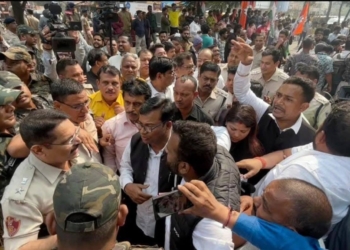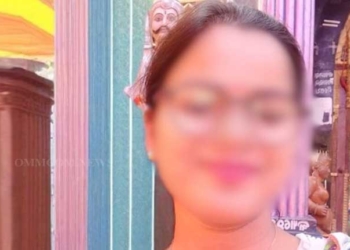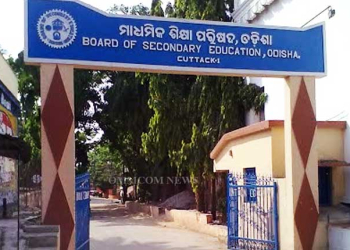Puri: The Archaeological Survey of India (ASI) today carried out the laser scanning of Ratna Bhandar of Shree Jagannath temple in Puri to ascertain its structural stability.
A 15-member team of experts comprising of three engineers of Mumbai-based private firm-Senzen Multitrade Private Limited, ASI and the core committee members undertook the scanning work of the outer wall of the Ratna Bhandar. The remaining portion will be done tomorrow.
“Documentation of outer wall portion of Amuhan temple (Ratna Bhandar) was done today. Documentation of the next portion will be carried out tomorrow. Hopefully, we can complete the exercise by Wednesday, said DB Gadnayak, superintending archeologist of ASI, said.
The scanning was conducted using the unique state-of-the-art 3D rotating laser scanning. “Laser scanning is a high-power technology in which 3D digitized scanning is done to picturize the stone joints and cracks. The cracks and fissures and complete texture will be traced after an analysis through the photo processing tool,” said NC Paul, a member of the technical core committee.
The laser scanning can help in finding the structural stability of the Ratna Bhandar, he added.
After the inspection, ASI will provide a detailed report to the Shree Jagannath Temple Administration (SJTA) which will place it before a sub-committee to decide upon the further course of action.
The Orissa High Court in September had directed the state government to form a committee, if approached by the Srimandir managing committee, to supervise the process of inventory of valuables stored in the Ratna Bhandar.














